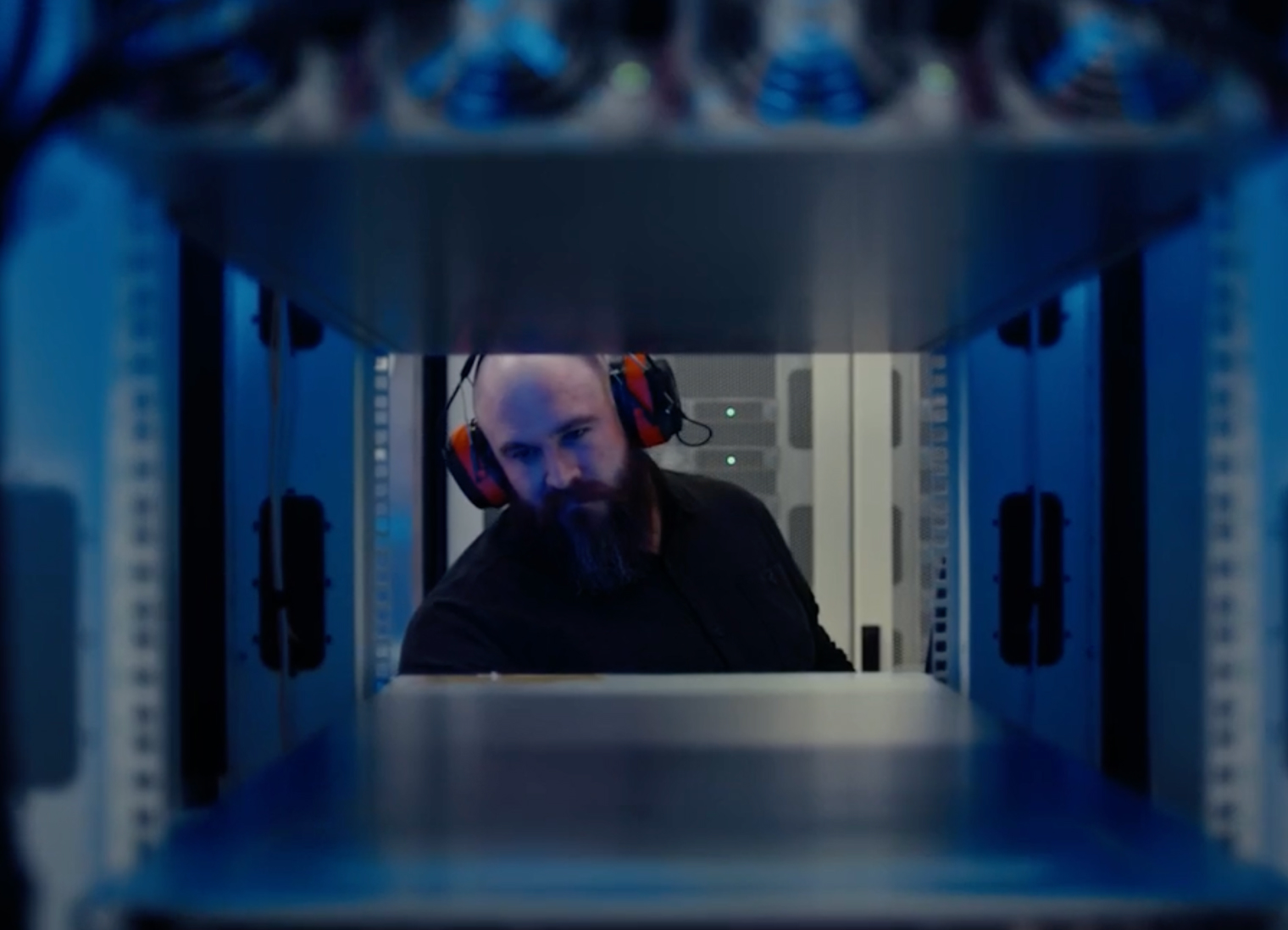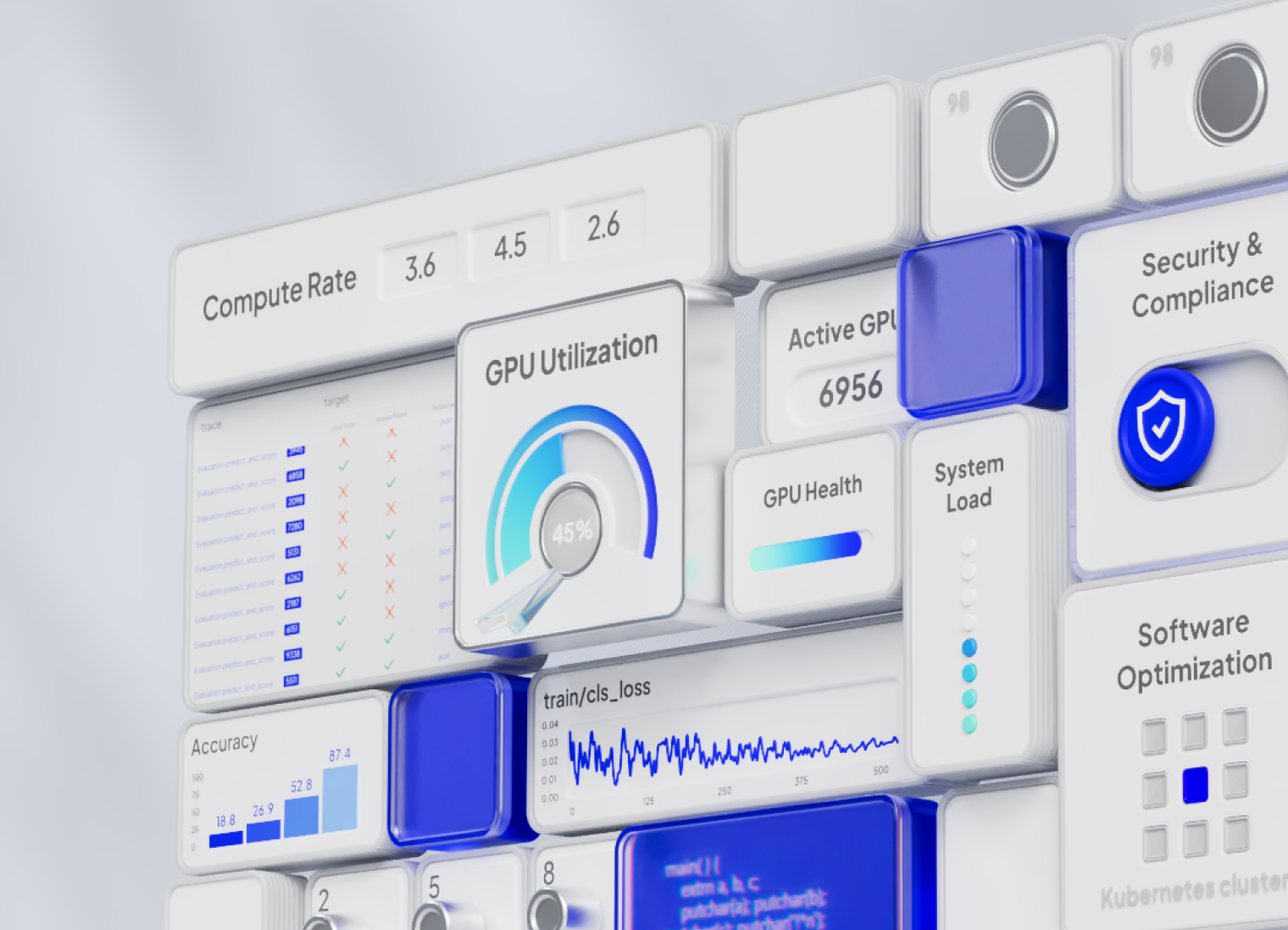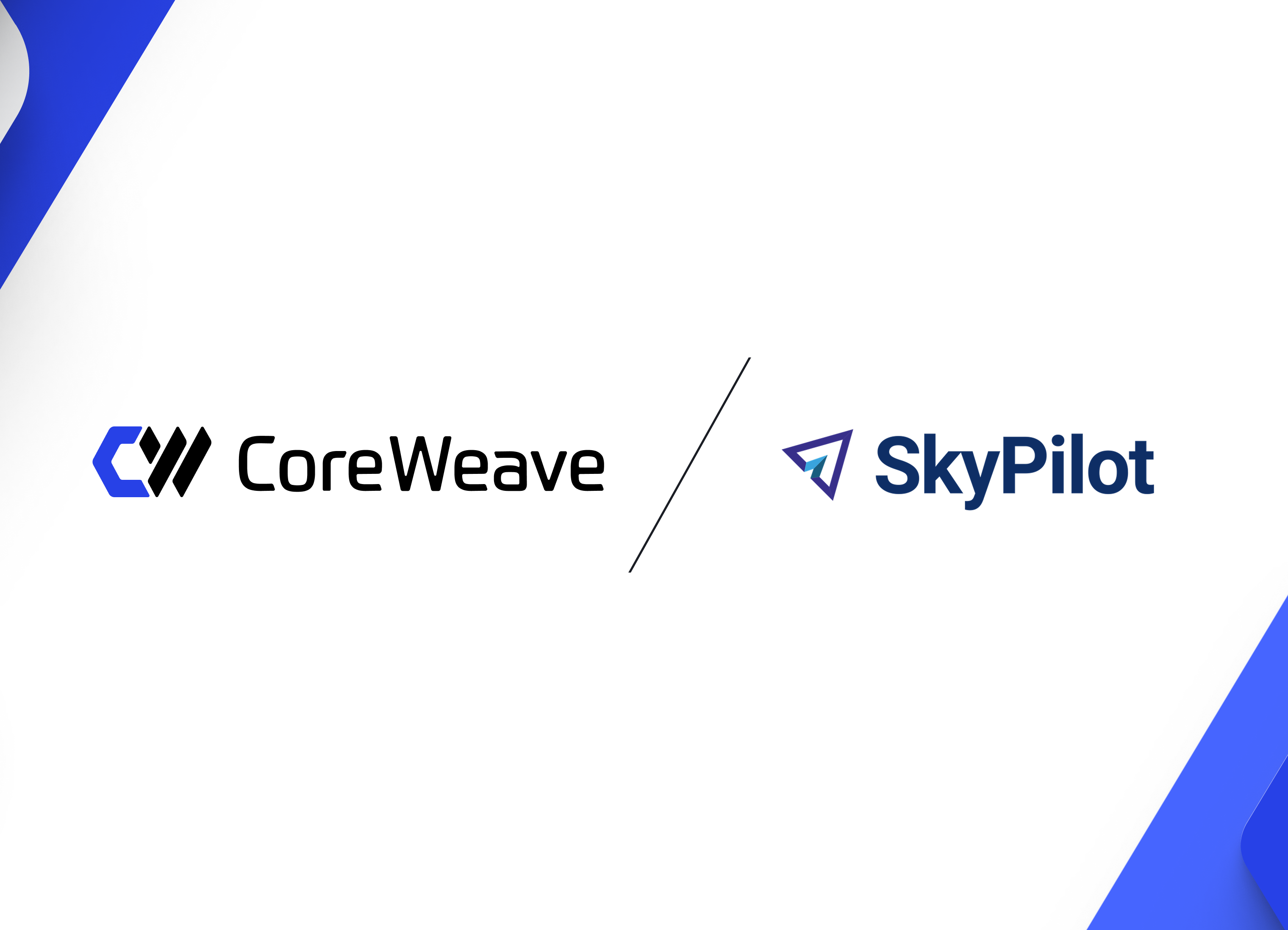AI moves fast. Real fast. And if you want to be first to market with your next great AI innovation, you need to move faster. But achieving the right level of velocity with AI can represent a significant challenge. It’s a lot of work (and requires a little luck) to train and fine tune larger models, rapidly iterate, optimize, and then go live faster than your competition—all without breaking the budget.
But there’s a quiet, unspoken reality that is slowly coming to the surface, one that potentially represents the performance advantage you seek in AI development. Put simply, general purpose cloud platforms, as powerful as they are, were not built or designed to keep up with AI workloads and their unique demands.
On paper, these platforms promise scale, flexibility, and power. But in practice, countless AI innovators find themselves stuck in waiting patterns, retrofitting generalized infrastructure, and dealing with inconsistent and unreliable performance. In fact, research shows that general purpose clouds on average only unlock 35-45% of GPU cluster performance potential. That performance loss means more time troubleshooting, less time innovating, and more spend allocated to underperforming clusters.
The problem exists at the foundation of design. There’s an inherent architectural mismatch between general purpose clouds and the requirements of AI. This mismatch makes legacy clouds more expensive, less efficient, and measurably slower. And as AI models become increasingly more complex, this reality only becomes more visible and frustrating.
In this blog, we’ll take a deep dive into the source behind the gap with general purpose clouds, what infrastructure AI workloads need to succeed, and what to consider if you're starting to rethink the infrastructure you’re using to build future tech.
Minding the gap of general purpose clouds
General purpose cloud platforms were originally built to handle computational tasks typically supported by CPUs, such as storage needs, hosting, and web applications. In essence, they were never constructed for the computationally-complex GPU-fueled workloads that AI innovators require today.
That critical infrastructure gap means there are inherent limitations to how general purpose clouds are able to support AI development. That results in AI teams spending countless hours navigating limitations just to get ok results, instead of the outstanding performance they need to really make an impact—faster, better, and smarter.
The following are some examples of how general purpose cloud platforms inevitably impact AI timelines and budgets:
- Provisioning delays for GPUs push back timelines. GPU supply on general-purpose clouds is oversubscribed. Teams wait days or weeks for access to the high-performance compute their AI aspirations demand. This stalls training, delays deployments, and forces compromises on model size and scope just to keep projects moving.
- Rigid infrastructure can’t flex with AI workload changes. AI workloads aren’t static. One day you’re fine-tuning on a single node, the next you’re full-blown distributed training across dozens, then later you’re running inference. But general purpose clouds aren’t built for that kind of elasticity with compute, which leads to bottlenecks or time-consuming manual provisioning.
- Over-provisioning leads to hidden and runaway costs. To avoid delays, teams often reserve more GPUs than they need or leave clusters running idle. This drives up costs fast. Worse, without real-time visibility into usage, most teams don’t even realize where the waste is coming from until budgets are already blown.
As a result, AI teams can’t achieve the velocity they need to get models to market. Instead, they’re spending more hours on navigating limitations instead of on training, refining, or shipping their next breakthrough.
Looking for resource flexibility across training and inference workloads? CoreWeave SUNK allows your teams to share compute across these jobs all on a single cluster.
Slow speed, high spend, compromised AI innovation
When infrastructure slows your team down, it doesn’t just create technical drag—it creates strategic risk. Leveraging a legacy cloud platform that delays production timelines and deployment dates can cause serious issues:
- Missed delivery deadlines missed opportunity. When infrastructure slows velocity, it directly impacts your time-to-market. Product launches get delayed, research milestones slip, and internal timelines shift. Meanwhile, competitors with faster, more responsive infrastructure will release new features, models, or products, capturing mindshare, market share, and momentum.
- Unpredictable cloud bills force tough trade-offs between innovation and budget control. Without cost transparency, AI leaders are forced to cut back on high-impact experimentation just to stay within budget. That creates a culture of caution rather than curiosity. Teams start playing defense on cost rather than pushing the boundaries of what’s possible.
- Infrastructure friction burns out top talent and creates cross-functional tension. When engineers and researchers are constantly battling provisioning delays, debugging performance issues, or wrangling tools that weren’t built for AI, frustration builds. Over time, that friction leads to churn, missed goals, and a loss of alignment.
Getting AI to market faster doesn’t just impact stakeholders. It impacts the world. Check out our AI Innovator Spotlight Series video on Mistral AI, who unlocked 2.5x faster training on CoreWeave clusters.
Most importantly, every one of these issues contributes to a huge blocker for innovation: inertia. Many teams stay on general purpose platforms because they’re already there. The tooling is familiar. The processes are embedded. But sticking with a platform that no longer serves your needs is a risk in itself.
If your infrastructure is bottlenecking innovation, then it’s costing you more than you think. Not just in dollars, but in opportunity.
AI innovation requires a AI cloud
If speed and cost control are critical, then your cloud platform has to do more than simply support AI workloads. It has to be purpose-built for each and every one of their unique needs and challenges. In short, you need a true AI cloud.
Imagine being able to spin up a massive GPU cluster in minutes. Or having full visibility into resource utilization mid-training run. Or activating idle infrastructure with a click instead of finding out a week later that your costs ballooned from zombie workloads.
A purpose-built AI cloud platform can offer all of that and more, including:
- On-demand access to high-performance GPUs. Teams should be able to spin up GPU clusters in minutes, not wait hours or days. Fast access keeps experiments moving and timelines on track.
- High-throughput, low-latency networking. Distributed training only works if your network can keep up. Bottlenecks slow everything down and drive up both cost and training time.
- Flexible resource orchestration. AI workloads vary. Your infrastructure should scale up or down with ease, matching the fast, iterative nature of modern model development.
- Deep observability into GPU clusters. Teams need real-time visibility into critical metrics that give insight into utilization, performance, and bottlenecks. Better observability helps identify issues early, reduce waste, and fine-tune workloads for maximum efficiency and speed.
That’s what real alignment between infrastructure and innovation looks like. It creates space for your team to experiment freely, iterate faster, and stay on top of your roadmap without financial surprises.
Real-time observability has the power to dramatically improve performance and uptime. Learn more about how visibility can enhance results and lead to up to 96% goodput.
Rethink the foundation
AI leaders need purpose-built infrastructure that isn’t just retroactively fit to acoomodate AI. They need to utilize a foundation that’s purpose-built for AI from the start, all while staying flexible and agile enough to change with AI’s rapidly shifting needs. In short, they need a cloud provider who is just as innovative as they are.
Because at the end of the day, the cloud you choose should actively accelerate your AI efforts. Not passively slow them down.
At CoreWeave, we’ve built a leading AI cloud platform designed to help innovators unlock AI’s full potential. Get in touch to see how we can work together to change the world.










.jpg)
.jpg)



